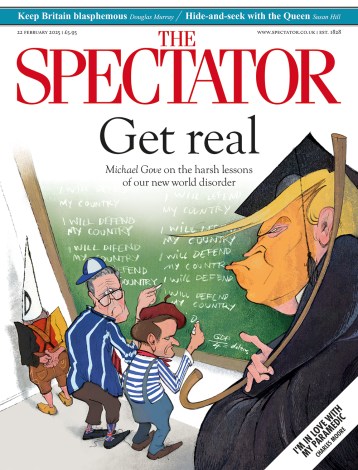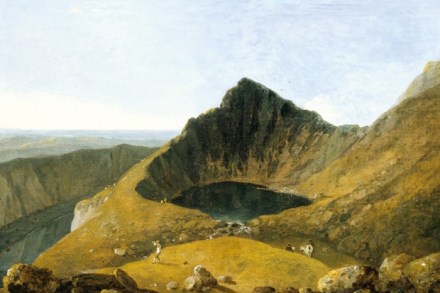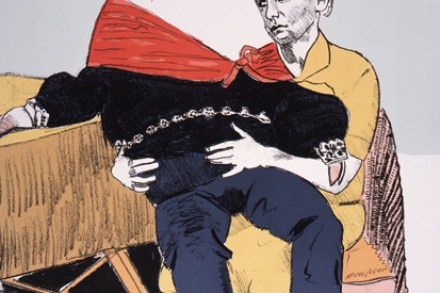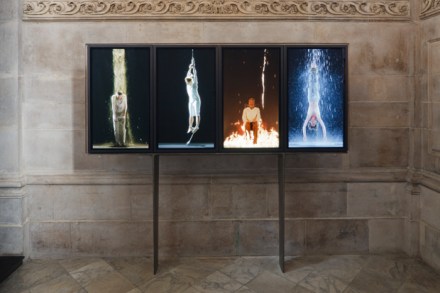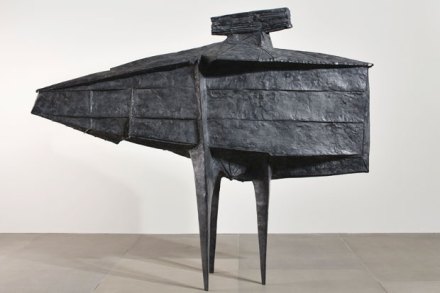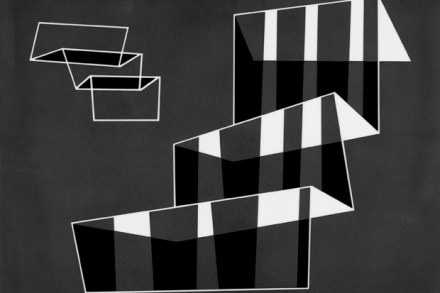The perfect excuse to get out all the best Ravilious china
A day trip to the Towner Art Gallery in Eastbourne is a summer pleasure, and two concurrent shows are proving a considerable draw, with their focus on design and applied art. Designing the Everyday is in some ways just an excuse to get out all the best Ravilious china and show it with his working


